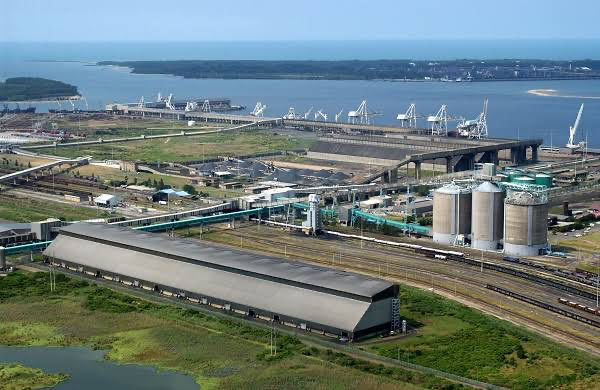South Africa is set to launch its first gas-to-power (GtP) project, which aims to generate 2,000 MW of electricity from natural gas by 2027. However, the project faces some location constraints, as only half of the capacity can be developed in the City of uMhlathuze, where the Port of Richards Bay is located. The Port of Richards Bay is a strategic site for the import and distribution of liquefied natural gas (LNG), which will be the main fuel source for the GtP project.
The GtP project is part of the Gas Independent Power Producer Procurement Programme (GIPPPP), which was launched in January 2024 by the Department of Mineral Resources and Energy (DMRE). The GIPPPP aims to diversify South Africa’s energy mix, reduce greenhouse gas emissions, and stimulate economic growth and job creation. The GIPPPP also supports the country’s Integrated Resource Plan (IRP), which envisages 3 000 MW of new gas capacity by 2030.
The GIPPPP allows bidders to propose GtP facilities anywhere within the borders of South Africa, as long as they are land-based. However, the first bid window (BW1) of the GIPPPP limits the development of facilities in the City of uMhlathuze to 1,000 MW, unless the remaining allocation is not taken up elsewhere in the country. This restriction is because the state-owned power utility Eskom has already been granted a Ministerial determination to build a 3,000 MW GtP facility in Richards Bay, which would also require land near the port.
The Port of Richards Bay is a key location for the GtP project, as it is the site of a planned LNG import terminal, which will supply gas to the GtP facilities and other gas users in the region. The Transnet National Ports Authority (TNPA) has selected a consortium comprising Vopak and Transnet Pipelines as the preferred bidder for a 25-year LNG terminal concession in the port’s South Dunes precinct. The terminal is expected to be commissioned between March and June 2027 and will have the capacity to ramp up LNG volumes over time.
The GIPPPP BW1 bidders will have to enter into separate agreements with TNPA for port access, storage, and regasification of LNG unless they make use of the Vopak-Transnet terminal. The bidders will also have to provide detailed term sheets with their natural gas suppliers, confirming the origin, delivery point, and availability of gas for the 20-year duration of the GtP facilities.
The GIPPPP BW1 bid submission date is August 30, 2024, and the preferred bidders will be announced after a three- to four-month evaluation phase. The preferred bidders will then have six months to achieve financial close and 36 months thereafter to progress their projects to commercial operation. The GtP facilities will sell electricity to Eskom for 20 years and will be compensated for capacity, energy, and ancillary services.
The GIPPPP BW1 also reserves 1,000 MW of GtP capacity for the Eastern Cape’s Coega Special Economic Zone, which will be procured through a two-phase process that is expected to be launched before the end of March 2024. The Coega GtP project will also rely on LNG imports and will benefit from the existing gas infrastructure and industrial development in the area.
The GIPPPP is expected to attract significant investment and innovation in the gas sector, as well as create opportunities for local participation and empowerment. The GIPPPP will also help South Africa transition to a low-carbon economy, as gas is a cleaner and more flexible fuel than coal, which currently dominates the country’s power generation. The GIPPPP will also enhance the security and reliability of the electricity supply, as gas can complement the intermittent renewable energy sources that are growing in the IRP.
The GIPPPP is a milestone for South Africa’s energy sector, as it marks the first large-scale deployment of gas-to-power technology in the country. The GIPPPP will also pave the way for further gas development and utilization, as the country seeks to leverage its abundant gas resources, both onshore and offshore. The GIPPPP is a sign of hope for a brighter and greener future for South Africa and its people.
Source: Engineering News



